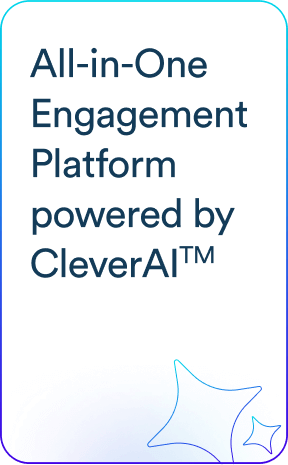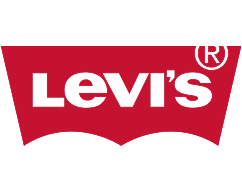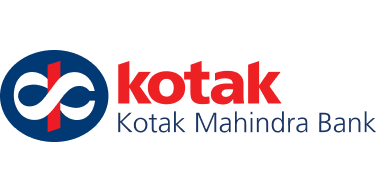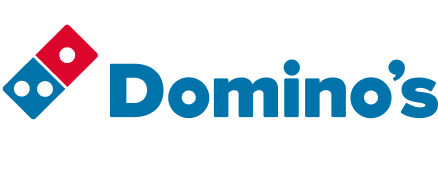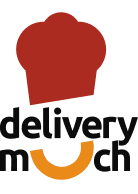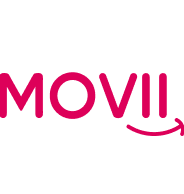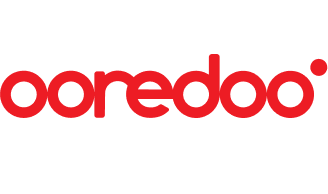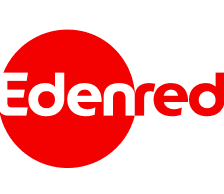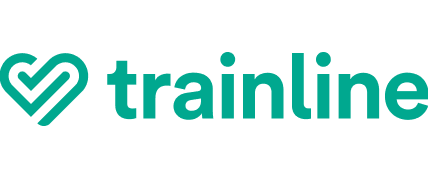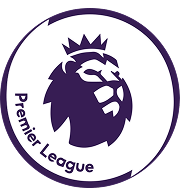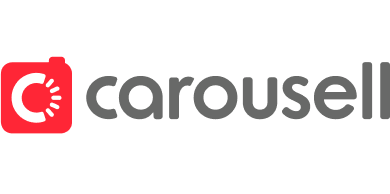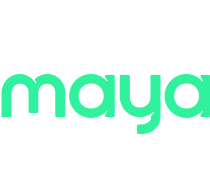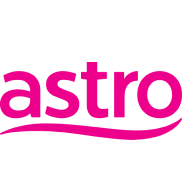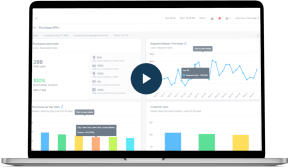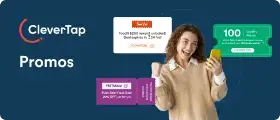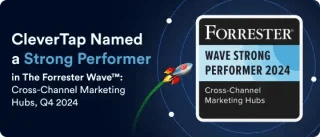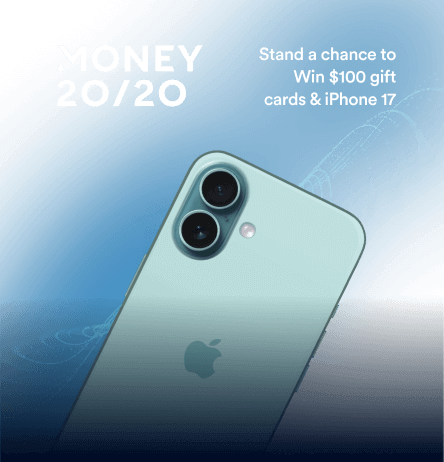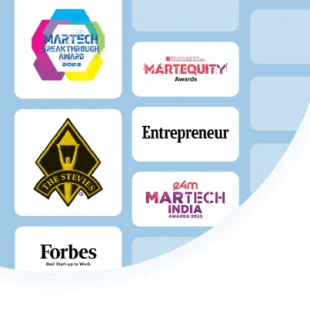The indie game market is booming, and according to a study, its value is projected to reach an astounding US$ 10.71 billion by 2030. This explosive growth brings enormous opportunities but also fierce competition. For every breakout indie hit, hundreds of games never find their audience.
So the question is, how can the ‘lost in the crowd’ indie game developers make their games reach their potential? The answer is simple: data-driven indie game marketing! With the right approach, even the smallest developers can build buzz, attract loyal gamers, and turn their passion projects into hits.
In this guide, you’ll learn about indie game marketing, from building a marketing plan to maximizing your post-launch momentum.
What Is An Indie Game?
Independent (indie) games are video games developed by individuals or small teams without the financial or logistical support of a major publisher. Their independence allows for more creative freedom to experiment with unique gameplay, art styles, and narratives. At the same time, they face multiple challenges, such as budget constraints, smaller teams, and limited access to marketing resources.
Unlike major publishers who have the budget to invest in production and promotion, indie developers often have to wear many hats, balancing game design, business strategy, and marketing to compete in the market.
Fortunately, many of these challenges can be overcome with the right approach. The following 10-step strategy offers practical solutions to help indie developers navigate these hurdles and improve their chances of success.
How to Build an Effective Indie Game Marketing Plan: A 10-Step Strategy
Thousands of indie games launch every year, and players’ expectations keep rising. Without an indie game marketing strategy, even standout games can get lost in the crowd.
Let’s dive in, starting with what you need to consider before development begins.
Step 1. Pre-Development Considerations
Before you begin with the first line of code, you need to set your indie game marketing efforts up for success by doing two things.
Identify Target Audiences and Market Niches
You need to define exactly who your game is for. Take into account player demographics, interests, and gaming habits. Look for underserved genres or communities where your game can fill a gap and create traction.
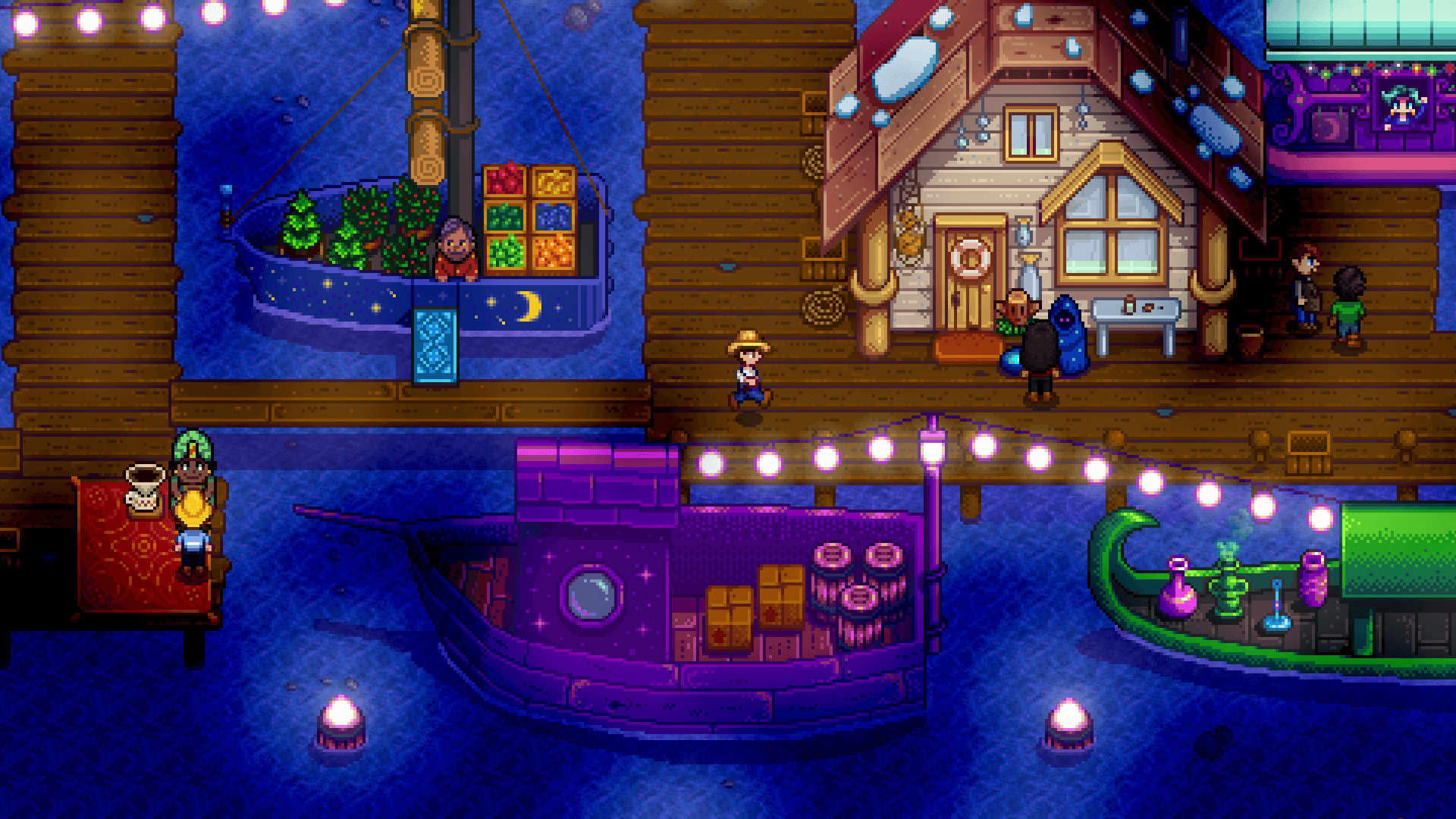
Source: Stardew Valley
For example, Stardew Valley targeted all the ‘cozy gamers’ out there who love farming sims, like Animal Crossing, but were looking for deeper mechanics, like skill progression, farm layout optimization, and a continuous flow of quests and objectives. By focusing on this specific genre, Stardew Valley took the world by storm and won multiple awards along the way.
Analyze Competitors and Market Trends
Start studying similar games, examining their marketing strategies and community engagement. You need to identify what works, what doesn’t, and where you can stand out. There are various tools at your disposal, like Steam charts, app store rankings, and even social listening, to spot trends and avoid oversaturated ideas.
By taking these steps early, you ensure that your indie game marketing plan is grounded in real market demand, helping you build a game and a campaign that truly resonates with players.
Step 2: Build a Unique Selling Proposition (USP)
A strong unique selling proposition (USP) is what sets your game apart from the competition and gives players a reason to care.
Define What Sets Your Game Apart
Start by pinpointing the features, mechanics, or themes that make your game unique. This could be anything that stands out in your game, like an innovative gameplay mechanic, a distinctive art style, or a new take on a familiar genre.

Source: Steam
For example, Untitled Goose Game stood out with its quirky premise and art style. It lets players cause mischief as a goose in a peaceful village, making it instantly memorable and shareable.
Create Compelling Game Narratives and Visuals

Source: Steam
A strong narrative or striking visual identity can become your game’s star. Games such as Gris captivated players with their unique watercolor art style and emotional storytelling.
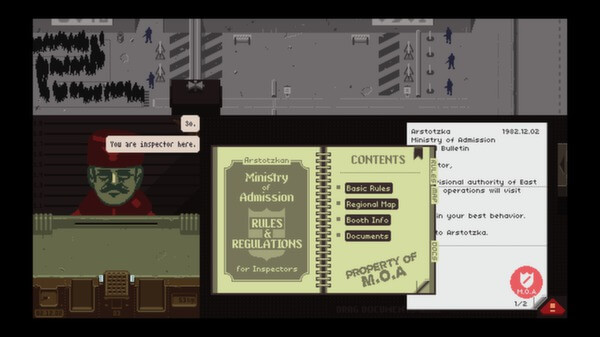
Source: Steam
Papers, Please is another game that uses a dystopian setting and moral choices to create a deeply immersive experience. By investing in unique visuals and storytelling, you not only help your game stand out but also make it more marketable across trailers, screenshots, and social media.
Step 3: Set Clear Marketing Goals
One necessary action item for indie game marketing is establishing clear marketing goals. By defining what success looks like to you from the start, you can track your progress, allocate resources wisely, and optimize your strategies for maximum impact.
Establish KPIs and Success Metrics
Start by identifying the key performance indicators (KPIs) that matter most for your game and your business model. For mobile and PC indie games, a few important KPIs include:
- Downloads: Total number of times your game has been downloaded.
- Installations: Number of successful game installs on devices.
- Daily Active Users (DAU): Unique users who engage with your game each day.
- Monthly Active Users (MAU): Unique users who engage with your game each month.
- User Growth Rate: The rate at which your user base is expanding over time.
- Player Retention Rate: Percentage of players who return to your game after their first session, often measured at intervals like day 1, 7, and 30.
- Net Promoter Score (NPS): A metric that gauges player satisfaction and their likelihood to recommend your game to others.
- Average Revenue Per User (ARPU): The average amount of revenue generated per user.
- Wishlist Counts (for platforms like Steam): Number of users who have added your game to their wishlist, indicating interest and potential future purchases.
Pre-launch metrics, such as Steam wishlists or Kickstarter backers, can help gauge early demand, while post-launch metrics, like user reviews, session frequency, and community engagement, measure ongoing success.
Here are 50+ mobile app metrics you must track to keep your app health in check.
Allocate Budget and Plan Resources
You need to set a realistic marketing budget that fits your resources and goals. According to Juego Studio, experts recommend allocating about 25% to 50% of your total game budget for marketing and promotional activities. The exact amount will depend on your unique situation.
You should prioritize marketing activities that offer the highest impact for your target audience and use free or low-cost tools for social media management, email marketing, and analytics. By tracking your spending and ROI closely, you can adjust your approach as you learn what works best for your indie game marketing strategy.
Set clear goals, track the right metrics, and plan your budget carefully, and you will be able to set your game up for measurable and sustainable growth.
Step 4: Use Cross-Channel Marketing
You can maximize your indie game’s reach by simply engaging players across multiple channels with consistent, targeted messaging. Here is how you can do it:
Utilize Social Media Platforms Effectively
Pay more attention to platforms like Twitter, Instagram, TikTok, Reddit, and Discord. Share regular updates about the game and behind-the-scenes content. For example, the developers of Among Us (Innersloth) have effectively used Twitter for real-time updates, TikTok for viral moments, Discord for community engagement, and Reddit for AMAs and feedback threads.
A cross-channel approach, combining social media with other channels such as email, push notifications, and in-game messaging, ensures that your communication is consistent and reaches players wherever they are. This integrated strategy, supported by platforms like CleverTap, helps maximize engagement and retention by delivering a unified player experience across all touchpoints.
Market Content Through Blogs, Videos, and Podcasts
You can start a development blog to share your journey, challenges, and progress while developing your game. You can even create engaging video content such as trailers, gameplay walkthroughs, and developer diaries. Podcasts and guest blogging can also help you reach new audiences and build credibility.
Build Email Marketing Campaigns and Newsletters
You should build an email list early and keep your audience engaged with regular updates, exclusive sneak peeks, and launch announcements of your game. Email marketing newsletters are the best and most direct line to your most interested players and can drive wishlists, pre-orders, and early reviews.
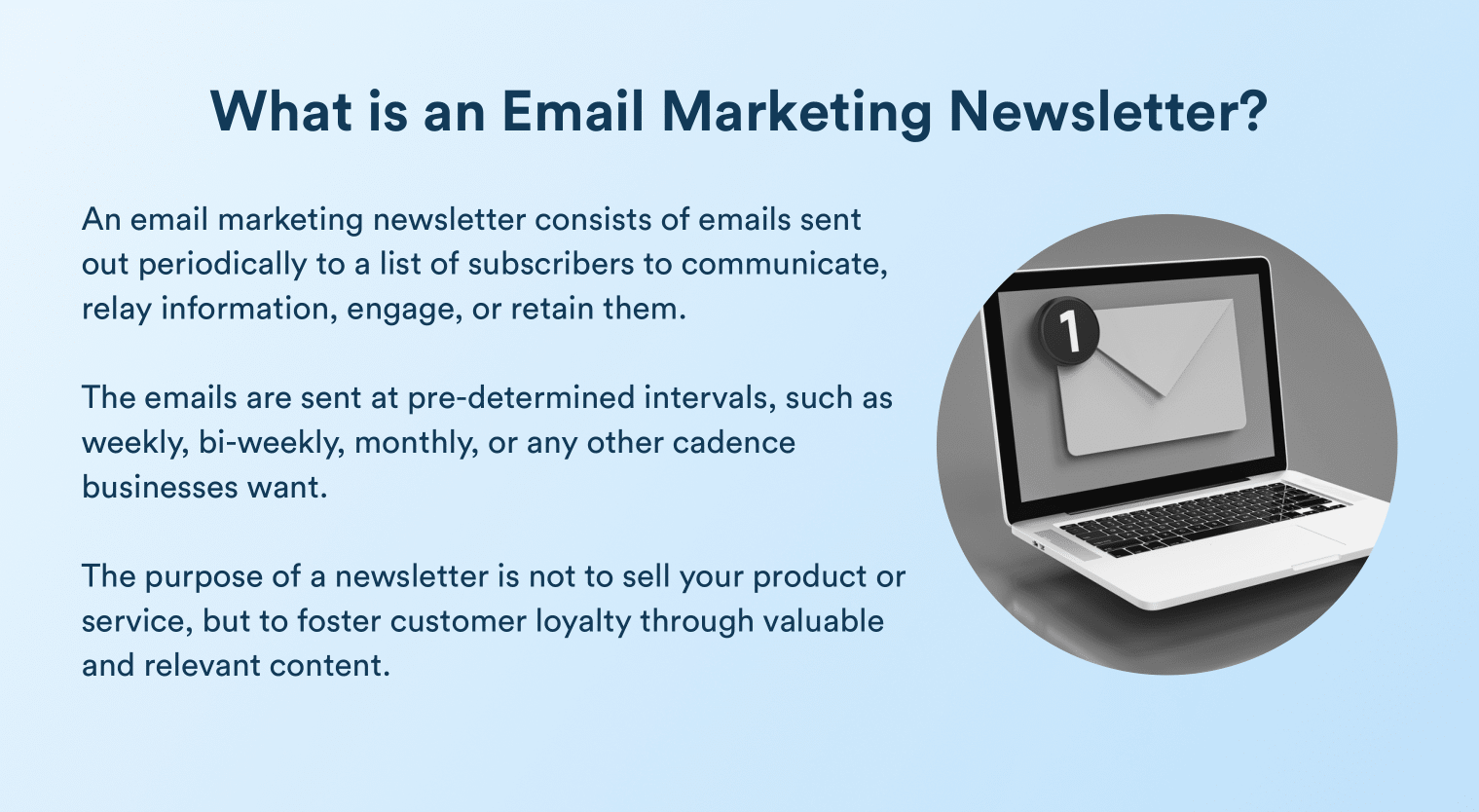
Use Push Notifications and In-App Messages
For mobile indie games, you should use push notifications and in-app messages to re-engage players, announce updates, and promote special events. These tools can easily boost retention and keep your community active.
Collaborate via Cross-Promotion and Partnerships
One of the best things you can do is to collaborate with other indie developers for shout-outs, joint giveaways, or bundle deals. Strategic partnerships with complementary games or brands can expand your reach and introduce your game to new audiences.
Track and Iterate
You can use analytical tools to monitor your performance across all channels. Track metrics like website traffic, social engagement, email conversion and open rates, and conversion rates. Double down on what works and adjust your strategy based on real data.
Get a full list of metrics to track for a full picture on your mobile game analytics.
Step 5: Community Building and Engagement
A thriving community is probably one of the most powerful assets in indie game marketing. Loyal players help increase your reach through word-of-mouth and provide valuable feedback that can help shape your game’s future.
Create and Nurture Online Communities
Start by establishing dedicated spaces for your players, such as Discord servers, Reddit threads, subReddits, or Steam Community pages, where fans of your game can interact, share tips, and discuss your game.
Regularly participate in these spaces by answering questions, sharing updates, and organizing events like AMAs or contests. The more present and responsive you are, the more your community will feel valued and invested in your game’s success.
Engage With Players Through Forums and Social Media
Stay active on platforms where your audience gathers, such as Twitter, Instagram, TikTok, and gaming forums. Respond to comments, thank fans for sharing content, and encourage player-generated posts like fan art or gameplay clips. Sharing behind-the-scenes looks, development progress, and personal stories helps humanize your studio and fosters a deeper connection with your audience.
Step 6: Influencer and Press Outreach
Influencer and press outreach are essential pillars for any effective indie game marketing strategy. Securing coverage from trusted voices in the gaming community can dramatically increase your game’s visibility and credibility.
Identify and Collaborate With Gaming Influencers
Start with researching and connecting with streamers, YouTubers, and content creators whose audiences align with your target players. Focus more on micro-influencers in your niche, as they often have highly engaged communities. You can offer early access, exclusive content, or review copies and build genuine relationships by supporting their work and engaging with their content.
Craft Press Releases and Media Kits
Prepare a professional press kit that would include your game’s description, key features, high-quality screenshots, trailers, and contact information. Write concise, compelling press releases for major announcements such as launches, updates, or milestones. You should make it easy for journalists and bloggers to cover your game by providing all necessary assets and clear, newsworthy stories.
Step 7: Participate in Gaming Events
When it comes to indie game marketing strategy, showcasing your indie game at festivals, expos, and industry events is a proven way to boost visibility, attract new fans, and build lasting industry relationships.
Showcase at Indie Game Festivals and Expos
Events such as the Independent Games Festival (IGF), Indie Game Fest, GDL Indie Games Expo, and INDIE Live Expo are some of the best places to showcase your games, as they offer you a platform to present your work to thousands of gamers, publishers, and press.
These festivals provide invaluable opportunities for live demos, real-time player feedback, and media exposure. For example, Indie Game Utsav 2025 in Mumbai is expected to attract over 45,000 attendees, providing developers with an opportunity to gather feedback from real players and secure national media coverage.
Network With Industry Professionals
Besides being just a platform to showcase your games, gaming events are perfect networking hubs. Developers can connect with publishers, investors, and other creators, opening doors for collaborations, funding, and mentorship.
Many expos feature panels and after-parties explicitly designed for networking and knowledge-sharing within the indie game community. These interactions can spark partnerships, provide industry insights, and help you stay updated on the latest trends and opportunities in indie game marketing.
Step 8: Advertising Your Indie Game
A well-rounded indie game marketing strategy includes both paid and organic tactics to maximize reach and drive player acquisition. Here’s how to approach advertising for your indie game:
Create Paid Advertising Strategies
Running targeted ads can help you quickly reach new audiences, especially on platforms like Google Ads, Facebook, Instagram, and TikTok. Focus your budget on channels where your target audience is most active and utilize precise targeting options, such as interests, behaviors, and demographics, to maximize ROI.
Regularly monitor your campaigns, analyze results, and optimize your ad spend by shifting budget toward the highest-performing creatives and platforms.
Enhance App Store Optimization (ASO)
ASO is essential for indie game visibility, especially in crowded marketplaces. Optimize your game’s title, description, keywords, and visuals (icons and screenshots) to improve search rankings and attract more organic downloads.
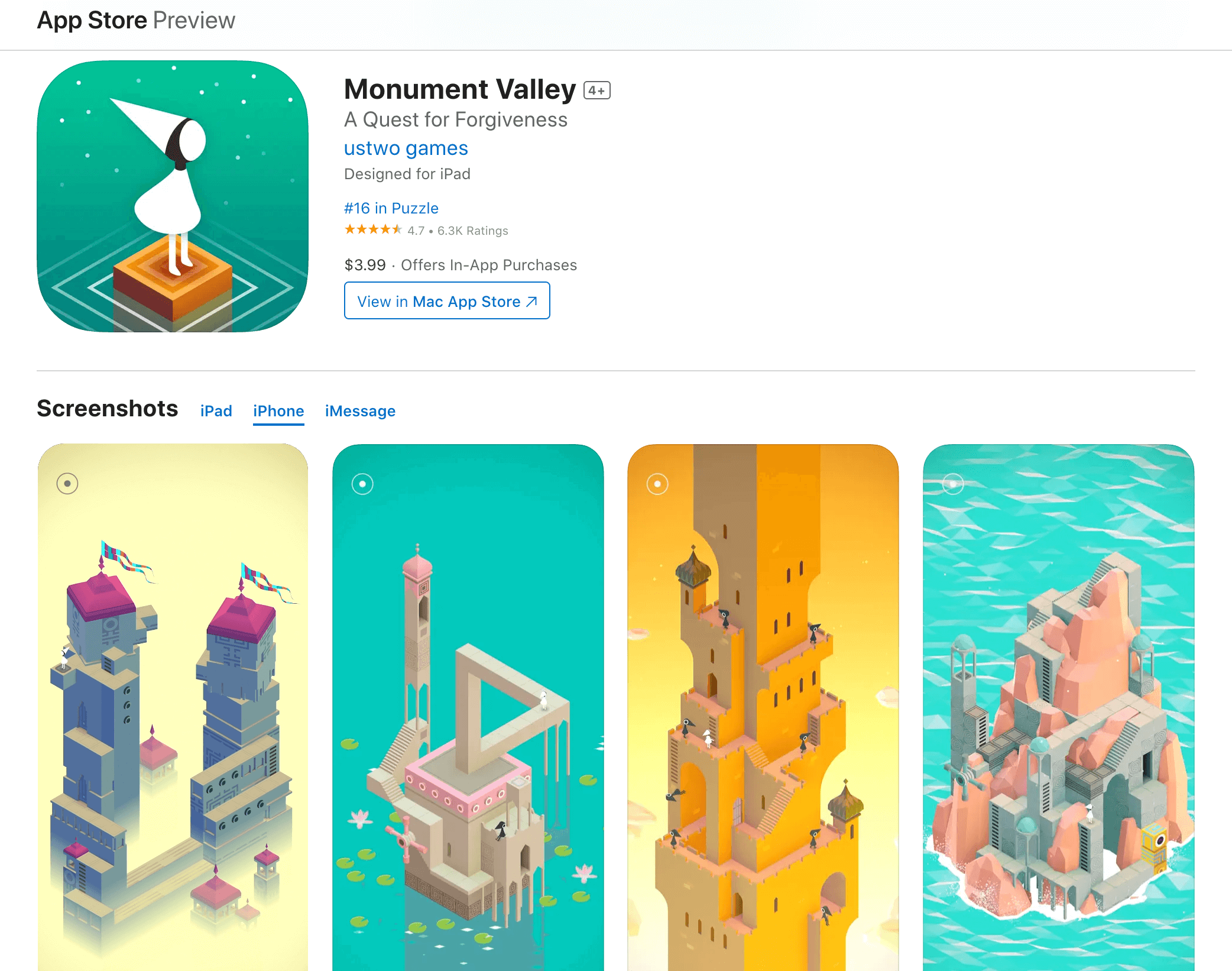
Source: App Store
For example, Monument Valley is often cited as a model for perfect ASO. Its clear, descriptive title and visually stunning icons and screenshots immediately communicate the game’s unique style and genre, making it easily discoverable by users searching for puzzle or artistic games.
You can encourage players to leave positive reviews and ratings, as both quality and quantity of feedback influence your game’s ranking and credibility. Regularly update your app store listing based on analytics and A/B testing to keep your game competitive.
Leverage User-Generated Content
User-generated content (UGC) is a powerful, cost-effective way to promote your indie game. Encourage your players to share their gameplay, create fan art, or participate in challenges and contests.
UGC boosts customer engagement and builds community, while it also acts as authentic word-of-mouth marketing that can reach new audiences. Games that empower players to create and share content often see increased retention and a longer game lifecycle.
Step 9: Post-Launch Marketing and Retention
Launching your indie game is just the beginning. Sustaining player interest and growing your audience over time requires ongoing indie game marketing efforts focused on engagement, improvement, and expansion.
Maintain Continuous Engagement
Keep your community excited and active by releasing regular updates, bug fixes, and new content. Adding fresh features, levels, or characters gives players reasons to return and talk about your game.
Seasonal events, limited-time challenges, and special promotions can also spark renewed interest and drive spikes in engagement. Consistent post-launch activity shows players you’re invested in the game’s future, building long-term loyalty.
Gather and Implement Feedback
Monitor player reviews, social media comments, and community forums to gather honest feedback. Actively listen to your audience and make data-driven improvements to address bugs, balance issues, or feature requests.
Communicating your responsiveness, such as sharing patch notes or update roadmaps, demonstrates that you value your players, which can boost satisfaction and positive word-of-mouth.
Here’s everything you need to know about game retention.
Expand to New Markets
Grow your player base by localizing your game for different languages and regions. Effective localization goes beyond translation; it adapts cultural references and user experiences to resonate with new audiences.
Consider launching on additional platforms (like consoles, PC, or mobile) or exploring new distribution channels to reach untapped markets. Expanding your reach can significantly extend your game’s lifecycle and revenue potential.
Step 10: Prepare for Your Next Game
If your game’s launch falls short and updates aren’t helping, it may be time to move on to your next project. Don’t be discouraged because success in indie game development often comes from persistence and learning with each release. Building a portfolio is key, as every new game benefits from your growing experience and audience. Remember each project.
Get a comprehensive guide on mobile game marketing tactics.
Real-World Examples of Successful Indie Game Marketing
Successful indie game marketing campaigns often combine creativity, authenticity, and data-driven strategies to achieve standout results. Here are a few real-world case studies that highlight what works and what developers can learn from these campaigns.
1. Another Crab’s Treasure
Another Crab’s Treasure stood out with a marketing campaign that embraced humor and authenticity. The developers actively participated in creating social content, including viral TikToks and a memorable April Fool’s video parodying “Dark Souls-like” games.
Their direct involvement and willingness to engage with memes and community trends made the campaign feel genuine and fun, resulting in over 360,000 TikTok followers and 10 million likes.
Their campaign shows the impact of letting a game’s personality shine through in marketing. By having developers directly involved and focusing on community-driven, humorous content, the game built a strong, engaged following before launch.
Lessons Learned & Best Practices:
- Developer involvement in marketing can humanize your brand and build trust.
- Leveraging humor and current trends helps content go viral.
- Authentic, community-focused campaigns foster lasting engagement.
2. The Ouroboros King
The Ouroboros King is a chess-based roguelike that initially struggled with visibility, gaining only 500 wishlists in 10 months. So to tackle this, developer Oriel Cosp pivoted and started researching and targeting streamers who enjoyed similar genres. He crafted personalized pitches and timed his outreach with Steam’s Next Fest, resulting in a dramatic surge from 500 to 20,000 wishlists in just two weeks.
This demonstrates the impact of targeted influencer marketing, attending events, and the importance of adapting strategies when initial efforts fall short. By understanding his audience and reaching out to the right creators at the right time, Oriel Cosp achieved a major turnaround.
Lessons Learned & Best Practices:
- Research and target influencers whose audiences align with your game.
- Personalize outreach and provide streamers with tailored assets.
- Time campaigns with major industry events for maximum exposure.
3. WinZO
WinZO is a mobile gaming platform that used CleverTap’s analytics to segment users, deliver personalized messaging, and optimize engagement across channels. By acting on real-time data, WinZO sent targeted push notifications, in-app messages, and emails based on user behavior and preferences. They also used lifecycle marketing tactics to retain users, intervening early with personalized offers to reduce churn and boost loyalty.
The strategy utilized by WinZO highlights the power of cross-channel marketing and real-time personalization. By segmenting users and tailoring communications, they maximized engagement and retention at every stage of the player journey.
Lessons Learned & Best Practices:
- Use real-time analytics to personalize outreach and boost retention.
- Segment users for targeted campaigns across push, in-app, and email.
- Focus on lifecycle marketing to keep players engaged from onboarding through long-term play.
4. Product Madness
Product Madness, a leading mobile game studio, leveraged CleverTap’s advanced segmentation and remote configuration to deeply personalize player experiences and manage LiveOps events with minimal development involvement.
By allowing CRM teams to adjust game settings instantly and conduct random A/B tests, they saw clear improvements: a 1.6% rise in Day 28 conversion, a 5.2% rise in Day 28 retention, and a 37% boost in organic install rate. Their ongoing focus on dynamic personalization and data-driven experimentation continues to drive richer LiveOps experiences and improved player retention.
Lessons Learned:
- Empower CRM teams with real-time control and testing.
- Use advanced segmentation for targeted personalization.
- Continuously experiment and iterate to boost retention and installs.
How CleverTap Helps With Indie Game Marketing
Indie game developers face unique challenges when it comes to growing, engaging, and retaining their player base. CleverTap offers a comprehensive, all-in-one growth platform for game developers designed specifically to address these needs, making it easier for indie studios to compete and thrive in a crowded market.
- Personalized Onboarding: Guide new players with tailored onboarding flows to boost early retention and help them quickly understand your game.
- Deep Engagement: Plan and manage in-game events, send targeted messages, and dynamically adjust gameplay to keep players motivated and active.
- Monetization Tools: Deliver personalized offers and rewards, experiment with ad placements, and optimize your in-game store to maximize revenue.
- Retention & Winback: Automate daily rewards, reminders, and winback campaigns across channels to reduce churn and re-engage lapsed players.
- Operational Efficiency: Use no-code tools and real-time analytics to quickly create, test, and optimize campaigns, freeing up your development team.
- Cost-Effective & Scalable: Save up to 40% on data costs and store player data for up to 10 years, supporting long-term growth and decision-making.
Boost your game retention and engagement with CleverTap. Learn how.
Press Start on Your Next Big Hit
Indie game marketing is a journey that demands creativity, adaptability, and the right tools. By building communities, leveraging data, and continuously engaging your players, you set your game up for lasting success. CleverTap makes this process easier and more effective by providing indie studios with the resources to onboard, engage, and retain players at every stage. With the right strategy and support, your next indie game could be your biggest hit yet.
Subharun Mukherjee 
Heads Cross-Functional Marketing.Expert in SaaS Product Marketing, CX & GTM strategies.
Free Customer Engagement Guides
Join our newsletter for actionable tips and proven strategies to grow your business and engage your customers.

